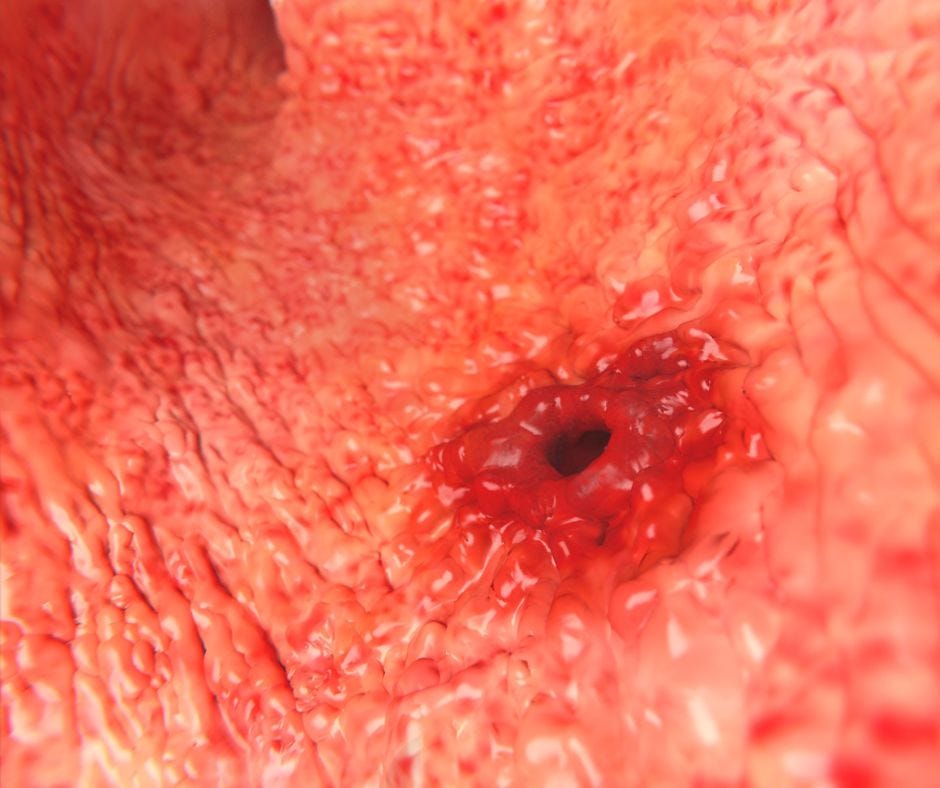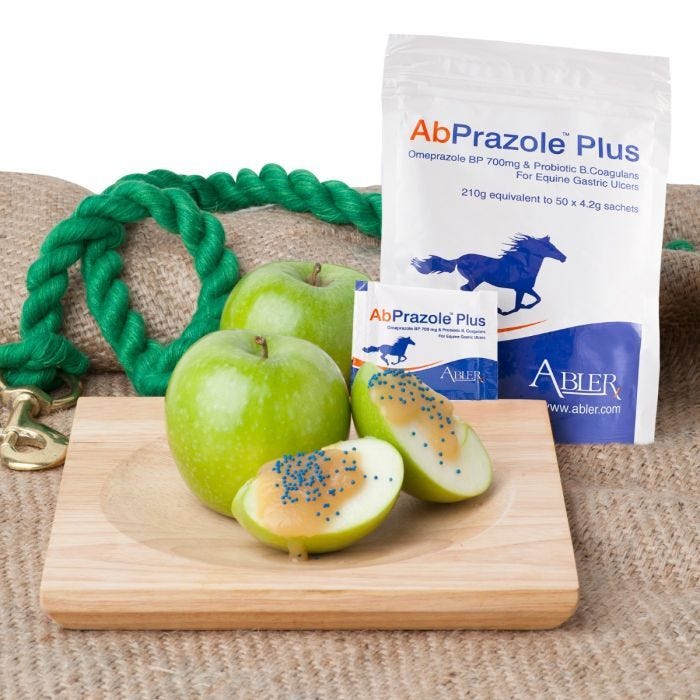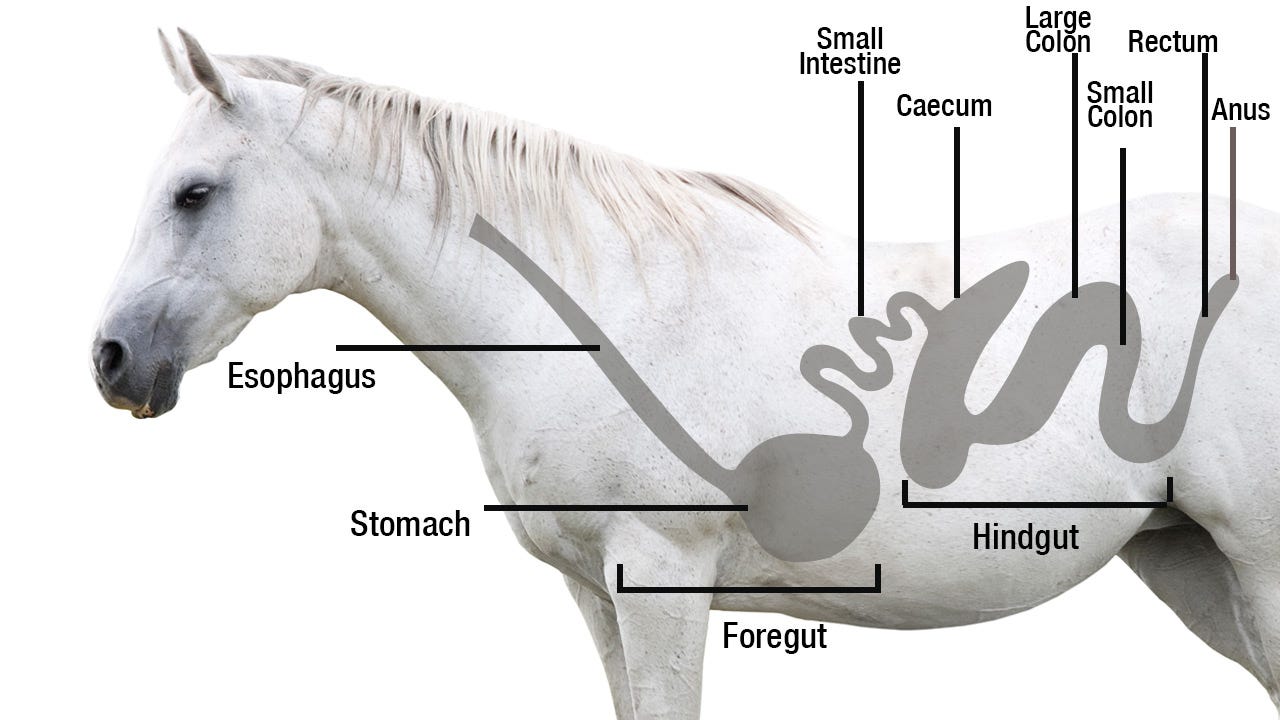We use cookies to make your experience better. To comply with the new e-Privacy directive, we need to ask for your consent to set the cookies. Learn more
Bute horse medication | Best musculoskeletal disorder treatment
Bute horse medication is an equine anti inflammatory containing phenylbutazone. It is common to all injured body tissue and the response of the body is the same under any circumstance. The clinical signs of inflammation include; redness, swelling, heat, pain and loss of function or movement. It can occur as a result of musculoskeletal injuries like sprains and fractures, and equine diseases like colic.
Inflammation is the body’s natural defence against tissue injury. It occurs in order to protect the injured area. However, the inflammatory process can also cause further injury. As with humans, it can be appropriate for medical treatment with anti-inflammatory drugs. Of which there are several equine varieties available. The most common of which are non-steroidal anti-inflammatories (NSAIDS). All anti-inflammatory drugs act on the site of injury to control inflammation and pain.
What causes inflammation?
Inflammation is the response to injury from bacteria, infectious organisms, chemical or physical agents. When a cell membrane is injured there are various chemical reactions which occur. Including the formation of prostaglandins, thromboxane and prostacyclin.
Prostacyclin increases blood flow to the damaged tissues and subsequently the supply of nutrients, oxygen, antibodies and white blood cells. Further into the process, thromboxane and prostaglandin restrict blood flow and cause pain, fever, blood clots and oxygen reduction.
Protective Prostaglandins
The body has many beneficial prostaglandins which help with gastrointestinal function, kidney function, reproductive function and bone healing.
For example, in the gastrointestinal tract, they inhibit gastric acid secretion and increase protective mucus secretion. Loss of these protective prostaglandins, cause horses to develop ulcers in the gastrointestinal tract. There are different categories of drugs for controlling inflammation, this includes non-steroidal anti-inflammatory drugs, corticosteroids, and chondroprotective drugs.
Nonsteroidal Anti-inflammatory Drugs (NSAIDs)
These are among the most widely used drugs in veterinary medicine. However, they can be beneficial as well as toxic.
Commonly used NSAIDs include:
- aspirin
- phenylbutazone (Bute)
- flunixin meglumine
- ketoprofen
Phenylbutazone (Bute) Use in Horses
Bute horse medication is well absorbed from the stomach and strongly bind to proteins in the blood. Due to these strong bindings little of the drug will be found in healthy tissue. However, you will find higher levels of NSAIDs such as phenylbutazone in damaged tissue due to the increased blood flow to the area. NSAIDs block the formation of thromboxane, prostacyclin and prostaglandins. This reduces fever, provides pain relief, anti-inflammatory effects and reduces clotting.
Caution and adverse effects
NSAIDs strongly bind to blood proteins so caution must be used when giving other highly protein bound drugs. Otherwise competition for protein binding sites can cause increases in free drug available in the body, potentially leading to toxic levels.
NSAIDs also reduce protective prostaglandins. This can lead to damage in multiple areas, including ulceration, colic and diarrhea in the gastrointestinal tract.
Caution must be taken when treating foals as their kidneys are not fully developed. This leaves them at risk of toxicity so it is recommended that the lowest dose be administered. The same is true for dehydrated horses, as their blood concentrations will be greater.
Dose of (Phenylbutazone) bute horse medication
Recommended dosage is between 4.4 mg/kg to(1.99mg/lb) to 8.8mg/kg (3.99mg/lb) of your horses bodyweight. Foals with musculoskeletal disorder inflammatory disorders should be managed very carefully with regard to phenylbutazone. Care should be taken when dosing young horses as not to cause toxicity.
Length of treatment depends on the degree of injury. Persistant inflammation caused by laminitis or musculoskeletal disorder, in these situations, bute treatment may be required over 10 to 14days. Phenylbutazone, bute horse medication if often the only and best drug to use.
At the higher dose 4mg, treatment is not recommended to extend beyond 5 days. Administering the dose at the lower rate for up to 7 or 10days often results in stomach problems. Signs of problems at the lower dose include high temeprature, colic, teeth grinding and at times sudden case of diarrhea. To confirm an increase in toxicity caused by bute medication your Vet may call for a blood test.
Monitor your horse carefully and consult your Vet for an experts opinion.
Corticosteroids
Cortisol and corticosterone natural corticosteroids produced by the adrenal glands. Their release can be influenced by exercise, stress, surgery, cold exposure, and hypoglycemia. The corticosteroids have potent anti-inflammatory activity. Similar to NSAIDs, they block the formation of chemicals including prostaglandins, prostacyclin, thromboxane. They also suppress white blood cell functions and antibody production. In acute inflammation, the corticosteroids maintain the integrity of the blood vessels and reduce edema formation, and limit the movement of white blood cells into injured tissues. In later stages of wound healing, corticosteroids reduce the proliferation of blood vessels and connective tissue, which decreases scar tissue production and slows wound healing. There are many corticosteroids available. They can vary in their anti-inflammatory effect and their duration.
Uses/indications
Corticosteroids ,intravenously or orally can be used to treat inflammation, suppress the immune system and treat shock.
Prednisone and prednisolone are common tablets, most often used for adrenal gland insufficiency, inflammatory bowel disease and chronic inflammatory skin diseases to name a few.
Side effects can include;
- Laminitis
- Further joint deterioration if only inflammation is treated (treatment should include the underlying condition)
- Risk of bacterial infection with injections
- Immuno-suppression can lead to: bacterial, viral and fungal infections
- Gastrointestinal ulceration due to increase in secretion of gastric acid
Chondroprotective Drugs
These drugs prevent/slow the progression of degenerative joint disease rather than reduce the clinical signs of pain. Chondroprotective drugs help the normal activity of chondrocytes and prevent or reduce damage to the joint cartilage from enzymes and other inflammatory mediators such as prostaglandins.
Hyaluronan is one of the most widely used of these drugs. It provides joint lubrication and protection of the joint cartilage.
The actual injected HA remains in the joint for only a few hours, but its effect on the joint appears to last days to months. It does not appear that HA has any direct effect on joint cartilage. Intra-articular HA can be used in combination with other intra-articular medications such as corticosteroids. The combination therapy can result in a better and longer lasting improvement in lameness than either product alone.
Bute Horse Medication Cautions
In summary, bute horse medication and other anti-inflammatory are highly effective in reducing inflammation. They are a common and effective medication in managing equine health issues. As with most medications there are benefits and side effects. For best results always read the labelling for correct administration. Consult your Vet if you ever have concerns over using Bute horse medication.
Reference : J Vet Pharmacol Ther. 1986 Mar;9(1):1-25.








Validate your login